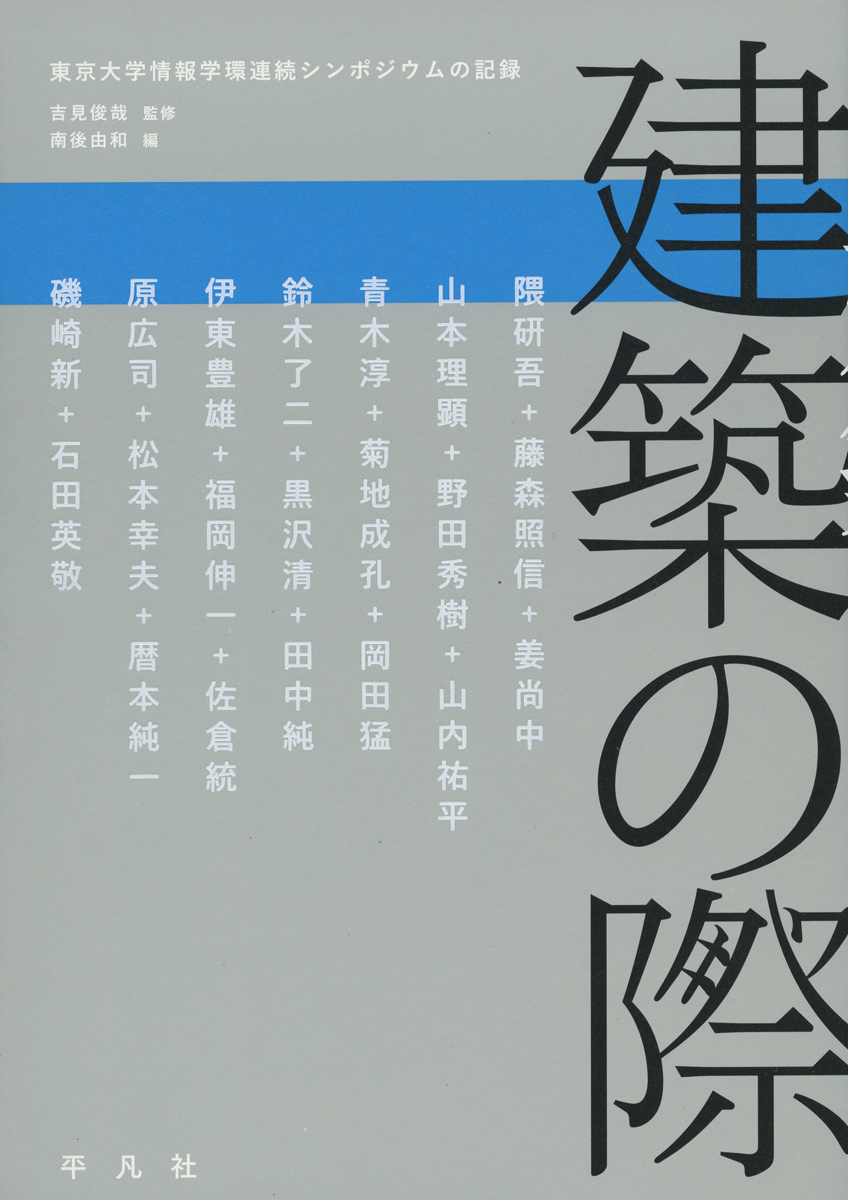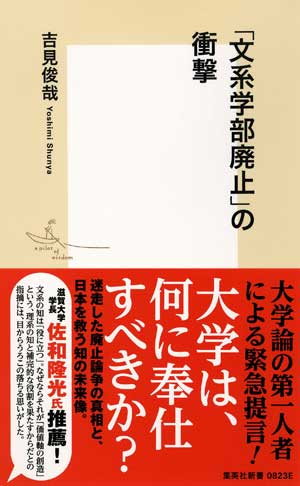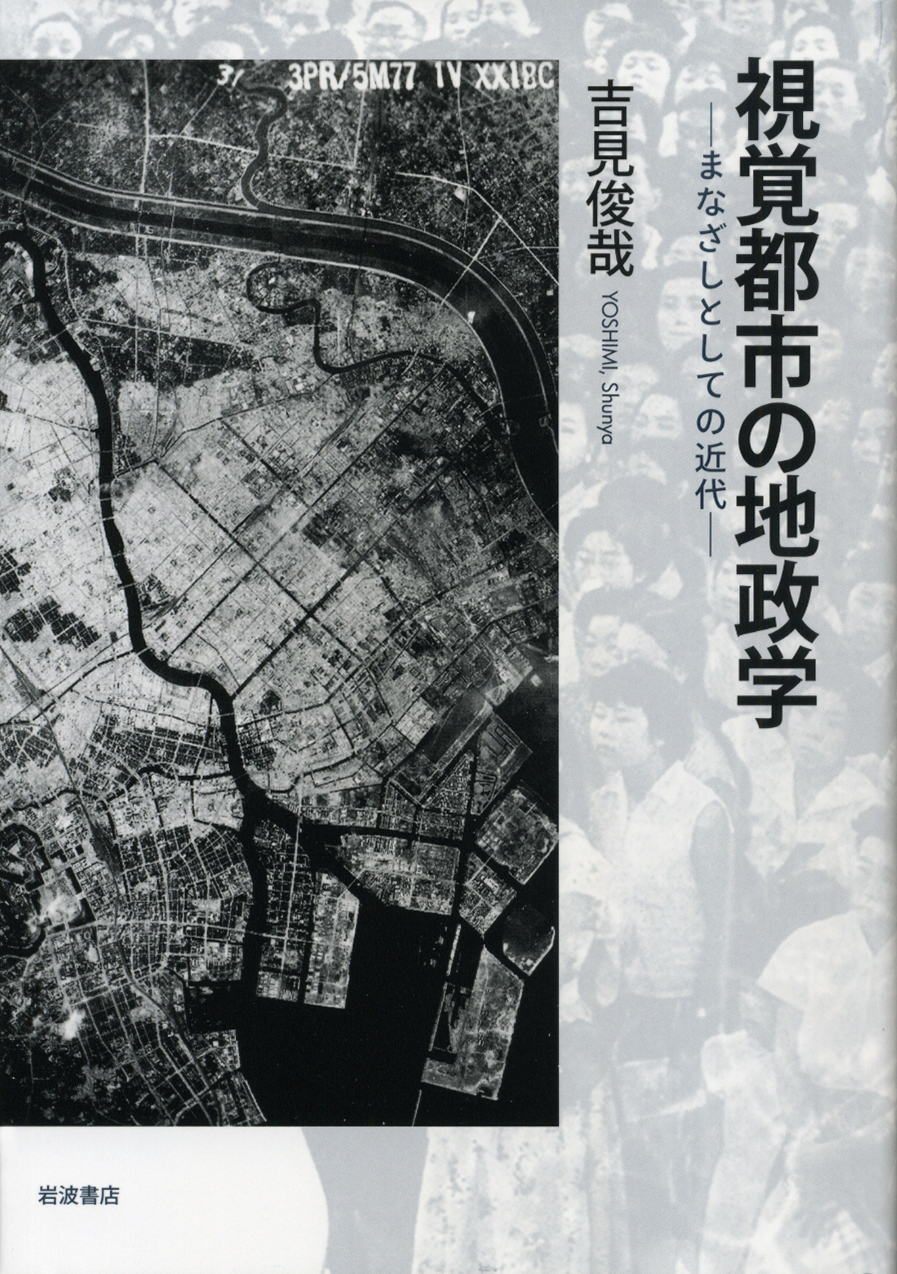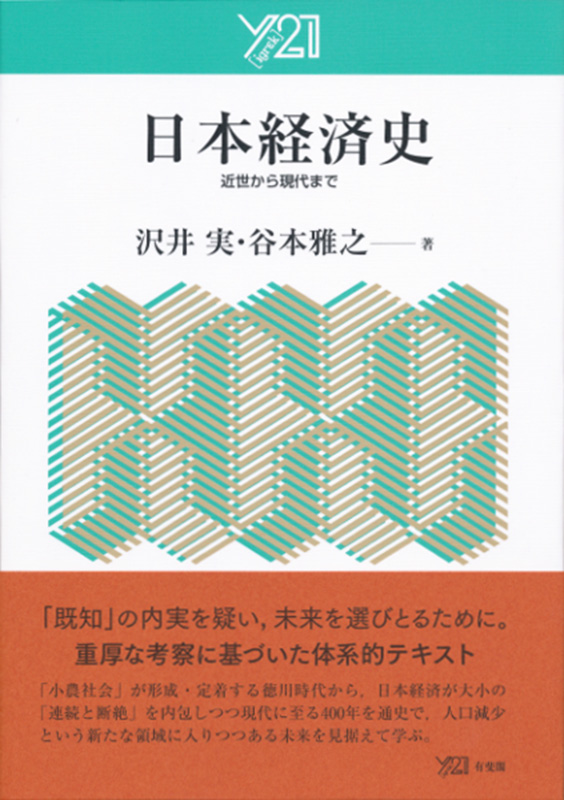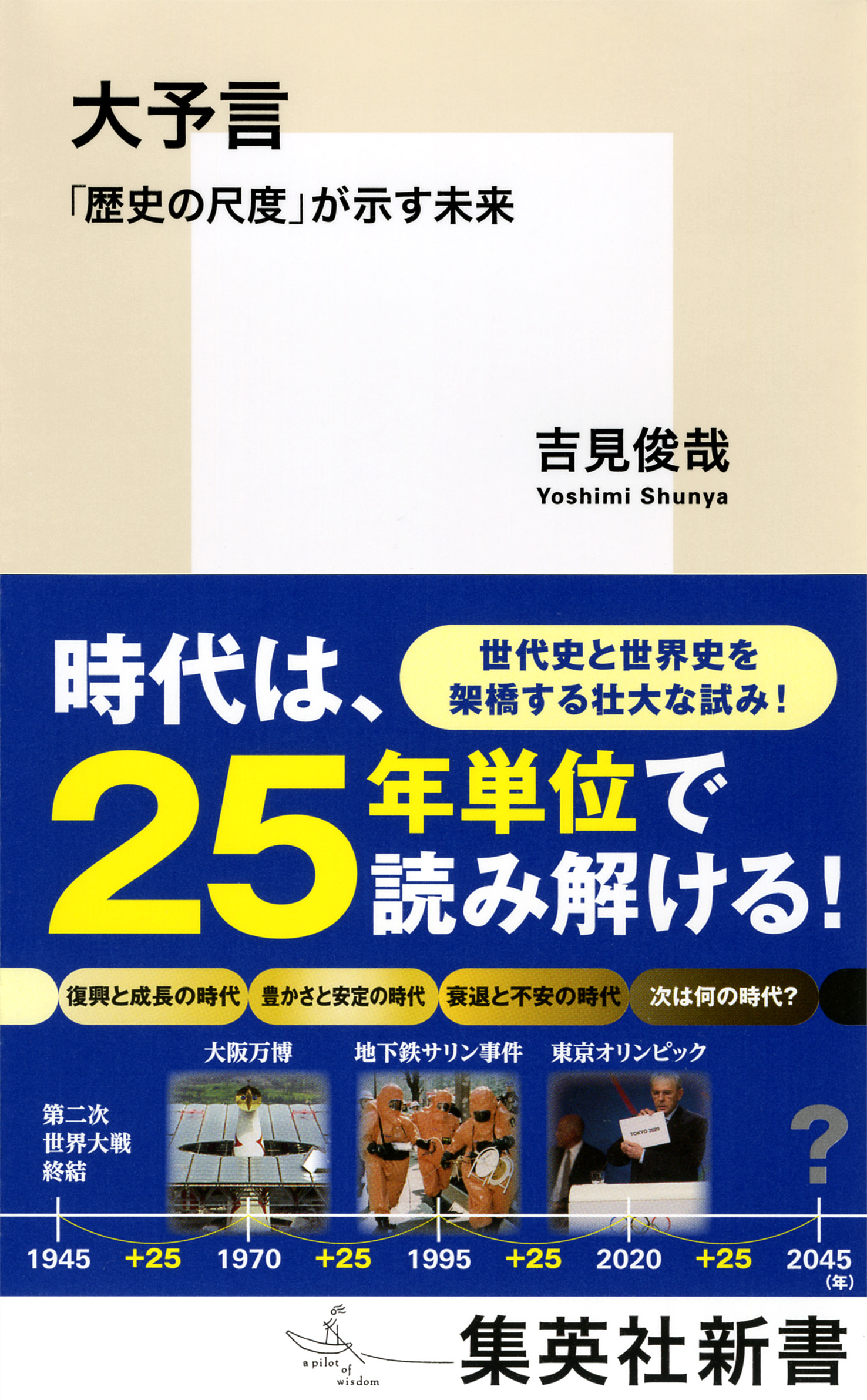
Title
Daiyogen: Rekishi no Shakudo ga shimesu Mirai (Scales of History: Modern Japan in the 500 years of Global History)
Size
293 pages
Language
Japanese
Released
April, 2017
ISBN
978-4-08-720880-1
Published by
Shueisha Inc.
Book Info
See Book Availability at Library
Japanese Page
To see the future in an uncertain period, one must look at history in the long term. This book asserts that as long as modern families and capitalism are the backbone of society, the process of history in the longer term is segmented by a scale of 25 years (a quarter century). For example, the postwar history of Japan can roughly be divided into three eras: an era of reconstruction and growth from 1945 to 1970, an age of affluence and stability from 1970 to 1995, and an era of decline and uneasiness from 1995 to 2020. Likewise, before World War II, there was a period of war in Asia from 1920 to 1945, which started after the end of W.W.I and Great Kanto Earthquake. Before that, Japan became an imperial power in East Asia in the period from 1895 to 1920, which began after the Sino-Japanese War. Still earlier, there was an era of modern nation building from 1870 to 1895, starting with the Meiji Restoration. In every case, historical milestones occurred roughly every 25 years.
Throughout this book, the author explains the theoretical reason why a quarter century can be a useful scale for understanding historical changes. He focuses particularly on two reasons from the perspectives of generational history and global history. First, from the 17th century onwards, the generational interval, that is, the average interval between parent and child, has been at a constant of between 25 and 30 years. In other words, the distance between parents and children has consistently been about 25 years throughout the past several hundred years. Unlike brothers and sisters, parents and children live within different horizons of consciousness. Like the revolutionaries of the Meiji Restoration, a generation that faces a certain major historical incident (for example the arrival of the Black Ships) forms a historical generation consisting of people almost the same age. However, their children’s generation, 25 to 30 years younger than them, will form a generation with completely different consciousness.
On the other hand, in the dimension of global history, Nikolai Dmitriyevich Kondratiev discovered the “Kondratiev Wave”in the 1920s: a cyclical fluctuation in which a 25-year upward curve alternates with a 25-year downward curve in the economy. After his discovery, many economists, sociologists and historians have tried to theorize the relationship between this long wave and the economic system of modern capitalism. For example, Joseph Alois Schumpeter developed the idea of the Kondratiev Wave in his theory of innovation. Ernest Mandel and Immanuel Wallerstein analyzed the long wave in the logic of global capitalism. Wallerstein is particularly notable in that he extends the cycle of the long wave back as far as the beginning of the modern world system in the late 15th century, thus suggesting that modern capitalism has had its own temporal rhythm based on units of 25 years from its very inception.
In this book, the author uses the word “prediction” with a contrary implication to the word "forecast". "Forecast" implies a linear historical view foreseeing the future as a continuous extension of recent trends. In contrast, the author emphasizes the discontinuity of history with breaking points occurring roughly every 25 years. In the modern era, the idea of continuous historical progress has been encouraged by the development of science and technology and the industrial revolution. It is true that the historical process of development, the long change from traditional society to modern industrialized society, can be seen as continuous. However, such a linear view of history is now becoming more and more ineffective after the end of modernization. We need to give more consideration to the discontinuous moments of historical change. The discontinuous moments, such as economic crises, wars, revolutions, innovations and other transformations of social values do not occur randomly. Such moments of discontinuity are not mere extensions of continuous change but happen suddenly amidst crises as a cumulative result of individual actions. 25 years can be seen as the minimal unit of time conditioning the occurrence of such crises.
(Written by Shunya Yoshimi, Professor, Interfaculty Initiative in Information Studies / 2018)



 Find a book
Find a book


